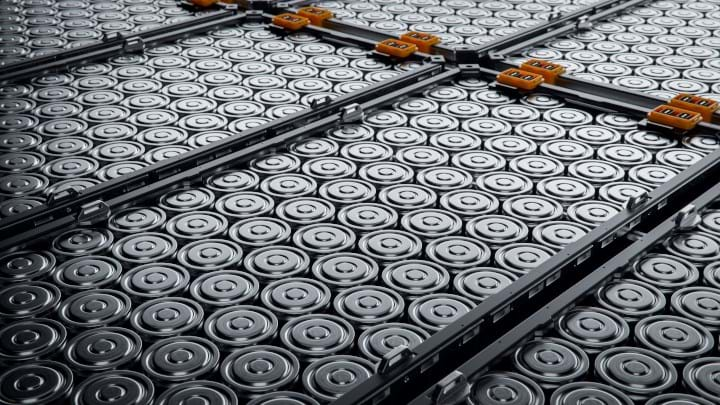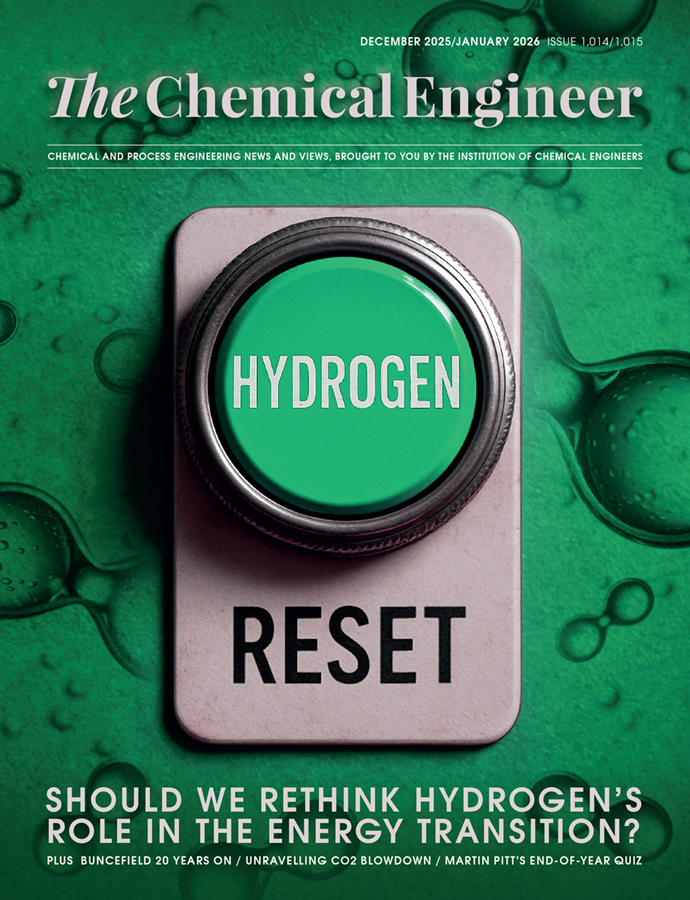University of Surrey researchers develop ‘breathing’ batteries

SCIENTISTS at the University of Surrey have developed “breathing” batteries that use novel catalyst technology to generate power while simultaneously capturing CO2.
Lithium-CO2 (Li-CO2) batteries are a relatively new technology that use CO2 as a power source, reducing reliance on costly rare earth metals.
With a high energy density, the batteries can be used in the manufacturing of electric vehicles and the engine rooms of small vessels, according to the Royal Institution of Naval Architects.
Li-CO2 batteries typically degrade quickly and struggle to recharge – a problem University of Surrey researchers say they’ve overcome by using caesium phosphomolybdate (CPM) as a catalyst.
Daniel Commandeur, a researcher at the university, said: “What’s exciting about this discovery is that it combines strong performance with simplicity. We’ve shown that it’s possible to build efficient lithium-CO2 batteries using affordable, scalable materials – no rare metals required.”
A porous material
Computer modelling showed that CPM is a stable, porous material, which researchers say makes it well-suited for chemical reactions.
In their trials, the researchers were able to demonstrate the CPM-based Li-CO2 batteries worked effectively after more than a hundred cycles of use before being recharged.
The team also found that using CPM lowers the overpotential of Li-CO2 batteries – the extra energy needed to initiate a reaction, which can otherwise drain the battery. With CPM, the overpotential was significantly lower than with other catalysts.
Siddharth Gadkari, a researcher on the team, said: “Think of it like cycling uphill before you can coast. What we have shown is that CPM flattens that hill, meaning the battery loses far less energy during each charge and discharge.”
Researchers are now testing the catalyst’s performance with electrodes and electrolytes.
Recent Editions
Catch up on the latest news, views and jobs from The Chemical Engineer. Below are the four latest issues. View a wider selection of the archive from within the Magazine section of this site.




